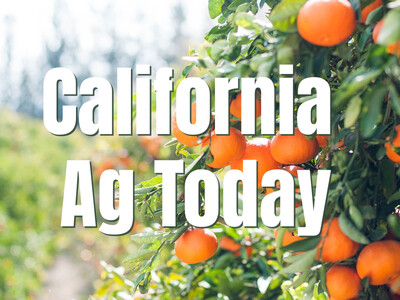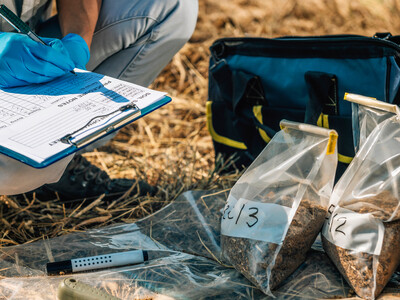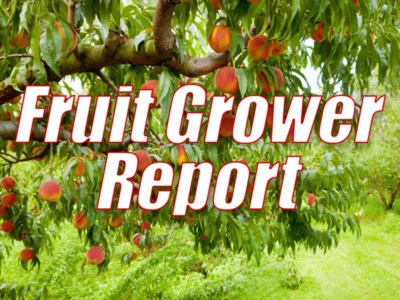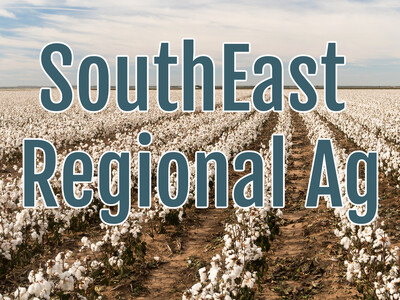Pest monitor
After a year of fine-tuning, University of Idaho Extension is promoting a website launched to offer a “one-stop shop” for Idaho farmers and crop consultants providing data from the various College of Agricultural and Life Sciences pest monitoring programs.The Idaho Pest Monitoring Dashboard debuted last spring and includes data and observations from UI Extension programs that monitor the arrival of potato psyllids, aphids and wind-blown spores to inform farmers in making decisions such as when to apply chemicals.
The site consolidates information now available to growers through a host of different websites and via Pacific Northwest Pest Alerts, which are sent by email or text messages. The dashboard makes it easier for users to navigate and manipulate displays of the data and for Extension staff to upload new data and instantly update charts and graphs. The site also enables users to create their own graphs isolating data for specific years or counties of interest.
“We needed time to figure out how to use it ourselves, so we haven’t been promoting it until now,” said Kasia Duellman, UI Extension seed potato specialist. “The IPM dashboard is dynamic and you can look at it and play with the data and see what’s happening in your area.”
The site currently links to pages devoted to a network of sticky card traps for monitoring potato psyllids that spread zebra chip disease in potatoes, a network of spore traps warning growers of the risk of late blight and other fungal potato diseases, an aphid trapping program warning potato farmers from potato virus Y (PVY) in southern and eastern Idaho and an aphid trapping program in northern Idaho and Eastern Washington detecting viruses of importance to pea and lentil growers. Sanford Eigenbrode, a University Distinguished Professor of entomology, started the pea and lentil aphid monitoring network, called the Legume Virus Project, in 2007.
UI Extension plant pathologist James Woodhall’s spore trapping page is still a work in progress and will eventually include short videos offering observations to growers. His program started in 2018, using 12 to 15 spore trapping sites, and he’s developed a strong predictor of late blight risk using a basic model factoring spore trapping data and humidity. Woodhall’s network also provides useful data regarding early blight, white mold, brown spot and grey mold, benefiting growers of potatoes, onions, sugar beets grapes and hops.













